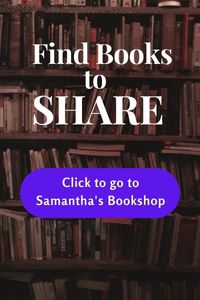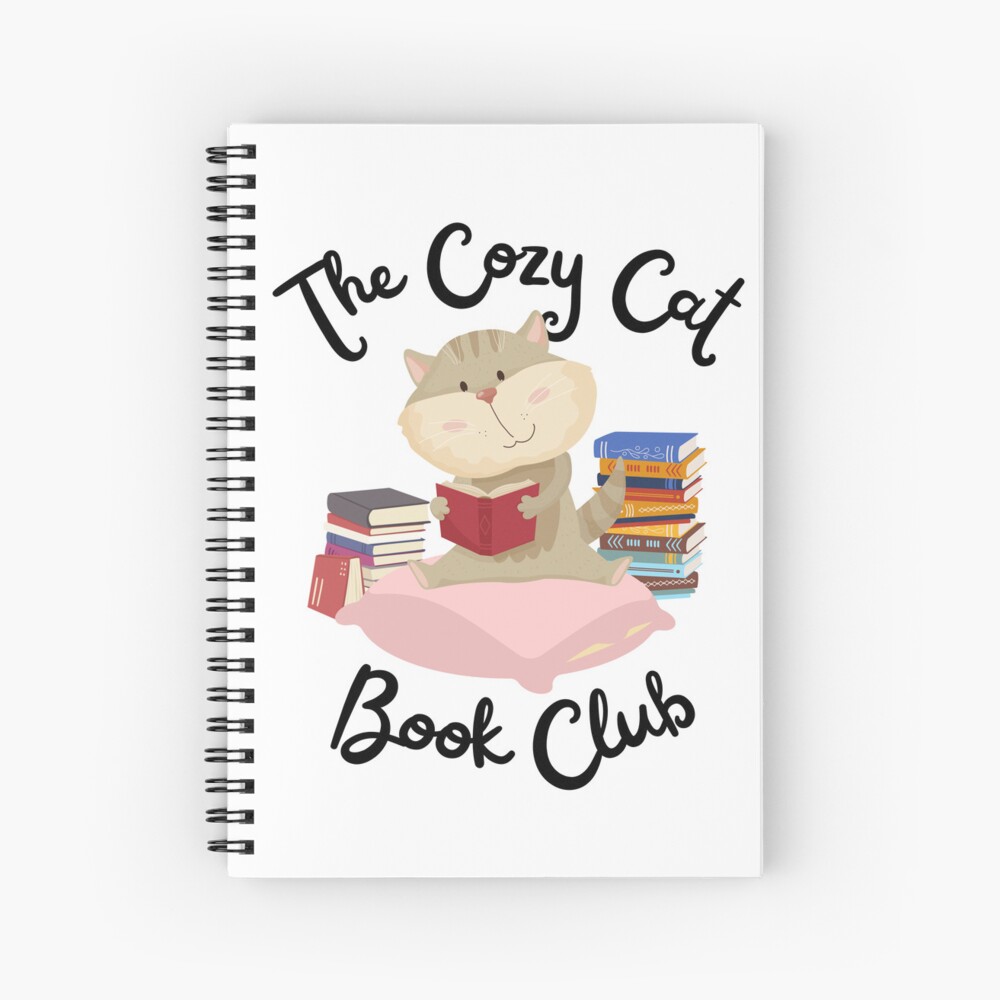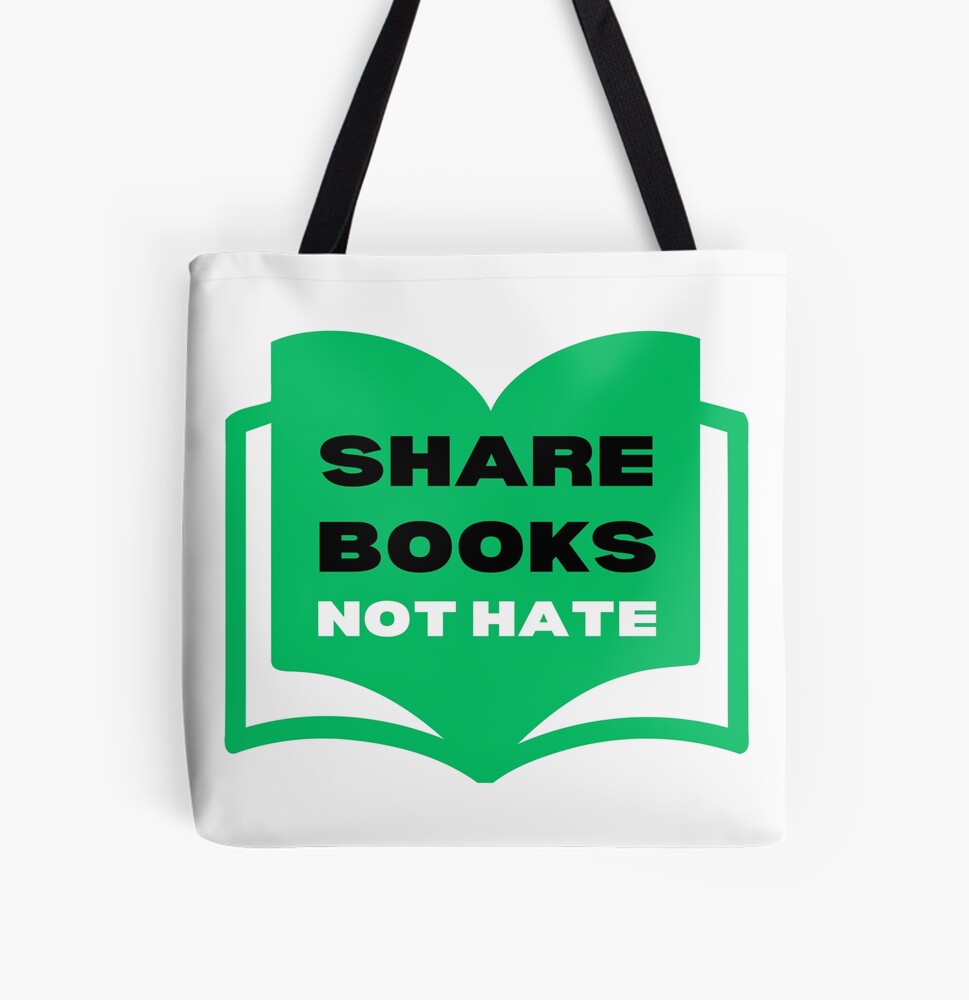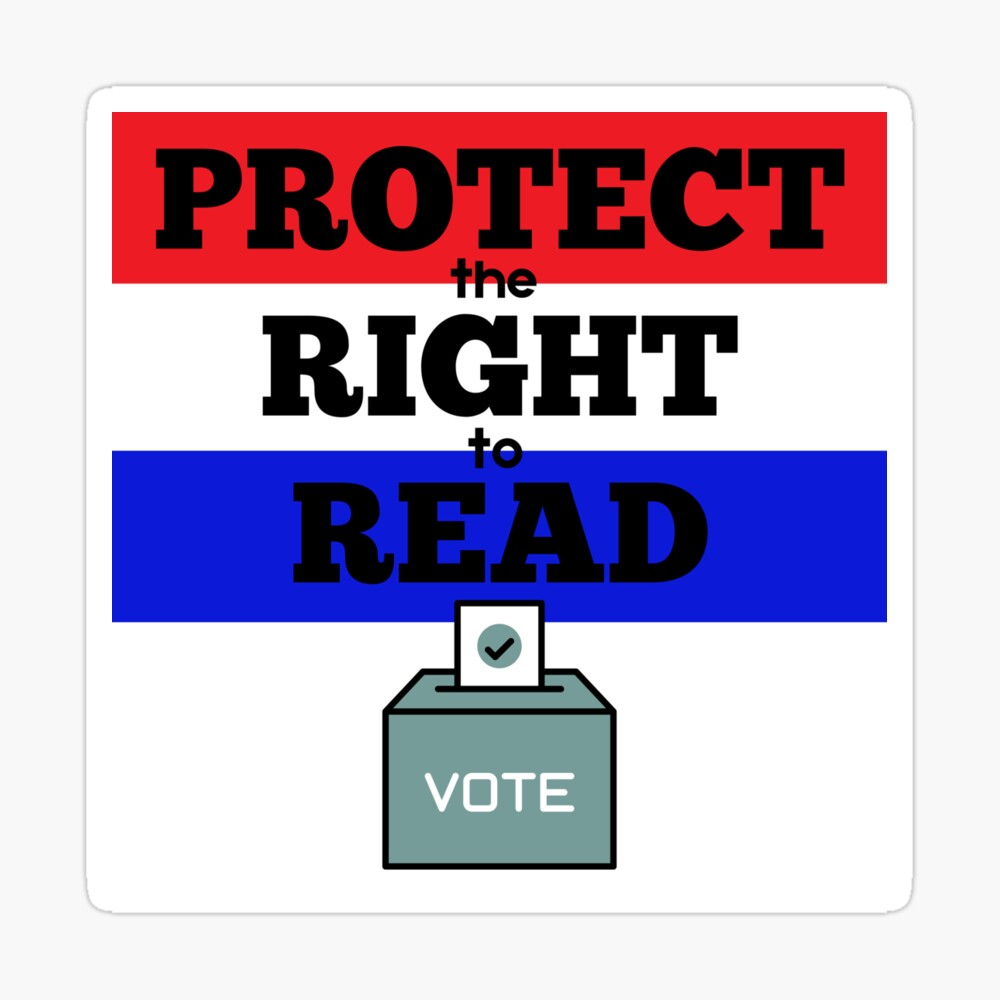Looking for information on book banning or how you can help? You’ve come to the right place. There’s lots of great information online from wonderful organizations that are fighting book bans and I’ve listed links to book banning resources below in the form of some of the most frequently asked questions.
What is book banning?
Book banning is when a book is removed from a library because of a complaint. There should usually be a review process by librarians, but that is sometimes bypassed to avoid controversy.
You might think a book should be removed if it has objectionable content, but the problem with completely removing a book from a library because of one or even a handful of complaints, is that the book is then not accessible to the people who don’t find it objectionable.
As an example, do you think THE BIBLE has objectionable content and should be banned? Some people do, because it has been pulled from library shelves before.

How are books getting banned?
Often books are challenged by one, two or maybe a handful of people in a school or town. Sometimes, though, these people don’t have all the information to make an informed decision for themselves. Instead, they’re acting solely on something they read online.
Last year, at an event against censorship where I spoke, a man came up to some of the organizers asking if he could read from a book that he called “pornography”. (Why he thought it was ok to read what he thought was pornography at a public event in a park where kids were playing I have no idea, but that’s another issue.) That book was WHAT GIRLS ARE MADE OF by Elana K. Arnold. Now, I’ve read WHAT GIRLS ARE MADE OF, and I can assure you that it’s NOT pornography.
Written for young adults, the book explores sexuality from the perspective of a 16-year-old who is learning about love from a mother who hasn’t had the best history with love. The book helps teens see unhealthy ways to look at love and sex so they can avoid them.
But the man at the event who wanted to challenge this book as “pornography” didn’t know anything about the lesson young adults could learn. When I asked him if he’d read the book, he said, “No, but there’s this one paragraph about sex…”
Sadly, this sums up a lot of book challenges from the last few years. Lists of books and talking points of why they should be banned have been posted on online forums with instructions for people to use them to challenge these books where they live. Often it’s over a paragraph or a few sentences.
But a book is more than a paragraph. In a complete book, a character makes mistakes and learns, and the reader does too. A book where a character learns about the difference between sex and love is going to mention sex, but the mention of sex is not pornography. In other cases, books are called porn because they feature characters who are gay or transgender, but just featuring these characters does not make a book pornography.
Calling it that, is disinformation.
What types of books have been banned?
What do CAPTAIN UNDERPANTS, BAD KITTY and the HOLY BIBLE have in common?
If this sounds like the start of a joke, it’s not. All of these books are in the Top 100 books that were banned between 2010 and 2019, according to the American Library Association.
And that’s before the most recent book ban list, which has grown faster than poison ivy. Today, books that feature LGBTQ characters are getting banned as being pornographic, even though they do not actually have pornographic content. Books that feature Black characters or show racism are getting banned because people think they make white children uncomfortable, but that’s a terrible reason to ban a book from all readers. Learning about the experiences of others helps build empathy in our society, and learning about history helps us not repeat it.
For full lists of banned books, check out these resources:
Where can I learn more about book banning?
A number of organizations are fighting back against censorship and have compiled lots of information about the issue. You can find great resources to help you understand what’s happening with book banning at the links below:
- ALA Fight Censorship Clearinghouse Resources
- Pen America’s Banned Book In the USA list of resources
- National Coalition Against Censorship Book Challenge Resources
- Unite Against Book Bans has lots of information too
Where can I learn if book banning is happening in my state?
Book banning is happening in lots of areas, but the issues change. To find out which books have the most objections in your state or the types of legislation that are being passed, check out the resources below:
- Northwestern University has a State-By-State Guide of book banning in the U.S.
- ALA State Legislation Tool Kit

How can I fight book banning?
Fighting censorship can seem daunting. There are so many challenges, so often. Parents are complaining to schools and schools are quietly taking away books to avoid a fight. And politicians are using book bans as ways to rile up constituents and gain votes. Legislation is even being proposed that would put librarians in jail if they don’t remove books!
So how can you help? There are lots of ways and they don’t have to be big. Some of the ways include showing up to school board meetings, writing letters to the editor of your local newspapers, and even sharing good information about book banning on social media.
Here are some more places you can get ideas:
- Support librarians, get social media tools, and find other resources from ALA
- Book Riot has a lot of ideas in its Anti-Censorship Tool Kit
- The librarians behind #FReadom have shared responses you can use to book challenges
- Unite Against Book Bans has action items in its Tool Kit
How can I report censorship when I see it happening?
Have you heard about books getting banned in your area? Reporting censorship is a great way to fight book banning. Organizations that fight censorship can only do it if they know when censorship is happening. Here are some ways you can report censorship when you see it:
Are there books I can read about censorship?
Yes! These are some of the books recommended by the American Library Association:
- BEYOND BANNED BOOKS: DEFENDING INTELLECTUAL FREEDOM THROUGHOUT YOUR LIBRARY by Kristin Pekoll
- BOOKS UNDER FIRE: A HIT LIST OF BANNED AND CHALLENGED CHILDREN’S BOOKS by Pat R. Scales
- TRUE STORIES OF CENSORSHIP BATTLES IN AMERICA’S LIBRARIES edited by Valerie Nye and Kathy Barco
What are some personal stories about the effects of book banning?
Book banning mostly affects the children who need and can benefit from the books. So when we consider the effects of censorship, we should be thinking of them.
At another anti-censorship event where I did a reading, teen readers talked about book bans that had happened at their high school after a parent had complained about some books. These teens wanted to see what the problem was for themselves. (Their parents weren’t the ones who had complained, but they had been affected.)
The teens formed a Banned Book Book Club, read books that had been challenged, then discussed them. What they discovered was that one book that had been banned for “pornographic” content was actually a book about a girl who was being targeting in a toxic relationship. The teens explained that by reading the book, they could see the red flags the character experienced, and it made the teens less likely to get trapped in the same kind of toxic relationship.
Why wouldn’t a parent want their child to learn how to not get trapped in a toxic relationship? These young adults saw the value of the book that had been removed from their library.
Here are some other personal stories about the effects of book banning:
- Author Melissa Hart discusses how her book about a boy with Down Syndrome was banned because the protagonist’s best friend had two mothers.
- Author George M. Johnson is interviewed by TIME about the banning of their memoir ALL BOYS AREN’T BLUE.
- Author Bill Konigsberg wrote an open letter to parents who are trying to ban his books, like THE BRIDGE, on his blog.
- And teenagers talk about their thoughts on book banning with the New York Times.
How can I show my support against book banning?
One of my favorite T-shirts says “Fight Evil. Read Books.” I got this shirt from the awesome website Out of Print, and I wear it often at author events because I want to spread that message.
That’s why I came up with the idea for SHARE BOOKS NOT HATE. I believe in sharing books not hate, and I’ve been creating designs to showcase that.
Plus we support the people who share books the most. Every quarter, we surprise a librarian with a gift card, and at the end of every year, we donate a portion of our profits to a literacy non-profit. Shop all the Share Books Not Hate products here to help spread this message.
Here are some other ways you can help:
- Support #FReadom by purchasing shirts and more
- Buy merch from Unite Against Book Bans
- And you can donate to the NCAC








